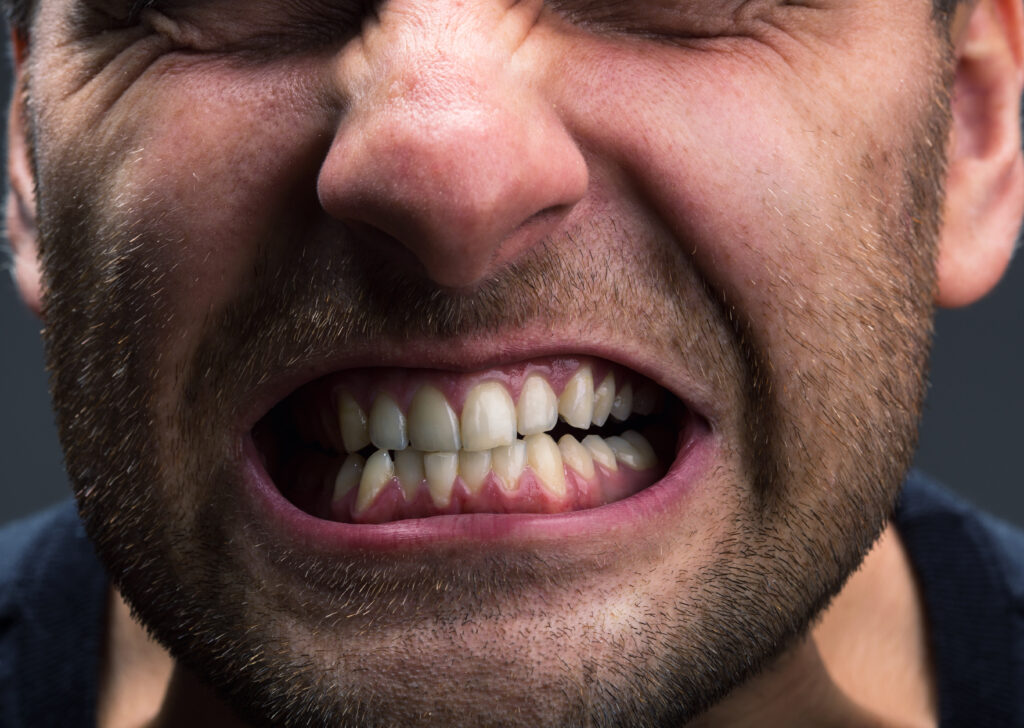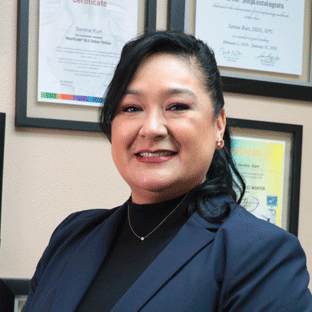Teeth move after braces is something that can happen. But, when patients go through all of the effort, time, and expense of getting this treatment done, the last thing they want is for their teeth to shift around once the braces come off.
That is the last thing your dentist in Clairemont wants as well, so today, we are going to explain how to stop this from happening by sharing some excellent tips that can prevent your teeth from moving.
Why Do Teeth Move After the Treatment?
There are multiple reasons why teeth change position after the treatment. Every day your teeth are under different pressures. For example, when our tongue continuously pushes against teeth, and when we chew, we apply certain pressure to our teeth too. Even when you sneeze or smile, many muscles in your mouth and your face move. Over time, this can affect the position of your teeth.
Besides these factors, actions like grinding your teeth in your sleep, the mere fact of aging, and even genetics can negatively affect the position of your teeth. Unfortunately, teeth always follow the way of least resistance. So if nothing is holding them in place, they are expected to move.
If you’ve had braces or other kinds of orthodontic treatments to fix tooth alignment, your teeth moved from their natural place. So, after the braces come off or you stop wearing alignment devices, your teeth may begin to shift back to their natural position.
This happens a lot, more than you can imagine. However, it is crucial to stop it; otherwise, all your investments will probably go to the trash can. So, our first tip is to pay attention to the dental specialist’s instructions, and here you have 3 more pieces of advice to keep a beautifully straight smile!
1-. Wear Your Retainer
Wearing your retainer is the easiest way to stop your teeth from shifting position. As soon as your braces come off, your dental specialist may have some plastic retainers made for you from molds of your current smile.
However, if you forget about your retainer stopping the use, wearing it back after a long time of not doing it may result in an uncomfortable experience.
Why do I Need to Wear a Retainer?
After your treatment, you will enjoy a beautiful smile. However, if your dentist insists on the use of a retainer, you must listen. This little friend will maintain your teeth the way braces left them encouraging better oral care in the process.
The orthodontist will suggest the use of retainers as long as needed and you will need to be obedient. Some specialists hold that a retainer can help iron out speech issues you may have. It is the last phase of the procedure, and you can’t skip it.
What type of Retainer do I Need?
You can find a few types of retainers, but the two main varieties of them are fixed and removable. An orthodontist is the only person who will determine whether you need removable or fixed. A patient should wear the retainer full-time for at least one year or so after the braces treatment is over.
And based on the results, the bite, and some other stuff that a dentist takes into account, he will decide the type of retainer. The most common retainers after braces are:
- Hawley retainer
- Essix retainer
- Permanent
2.- Act as Soon as you Notice Teeth are Moving!
This seems pretty obvious, but you would be surprised if we tell you that most patients don’t think about it. So, as soon as you notice that your teeth are moving, it is crucial to take action. Your teeth may be shifting position due to many reasons, even if you are trying to wear your retainer as often as you should.
Plus, you better take out your wisdom teeth before orthodontics because if they come in after your braces, it can cause all of your teeth to move closer together. If you never took them out, this is the right moment to do it!
Probably your teeth are moving because your retainer no longer fits correctly. If you already notice it, you should be scheduling an appointment with your dentist at this very moment.
Patients that notice small but progressive changes in the weeks after the braces come off should visit their dentist. Among the reasons for this to happen can be that the retainer may need to be replaced or adjusted. So, the sooner you see that something is wrong, report it to your orthodontist, the more likely it will be that merely changing or replacing your retainer will be enough.
Some other reasons for teeth moving after braces:
- Wisdom teeth emerging
- Gum disease
- Jawbone growth
- Teeth grinding
- Obstructive Sleep Apnea
3-. Address Teeth Grinding and Take Care of your Teeth
Bruxism and teeth grinding may happen involuntarily. This means that maybe you are no aware that you are doing it. However, the right dentist can probably spot its signs by seeing some patterns on certain teeth. If you grind your teeth, explore the solutions with your dentist.
Plus, taking care of your smile going for regular checkups will help a lot too. If you don’t take care of your smile, you are at risk of decay and other dental problems. Decay can eat up at your teeth, causing them damage. If your teeth’ position changes due to cavities and missing teeth, the rest of your teeth may change place too. So, taking care of your teeth is one of the most useful tips we have for you today and every day. That means we advise:
- Flossing every day
- Brushing at least twice a day
- Regular dental checkups
- Avoid bad habits such as smoking
We hope that these tips to stop teeth moving after braces helped you. If you have any questions, please contact your Clairemont Dentist. We are here for you!





